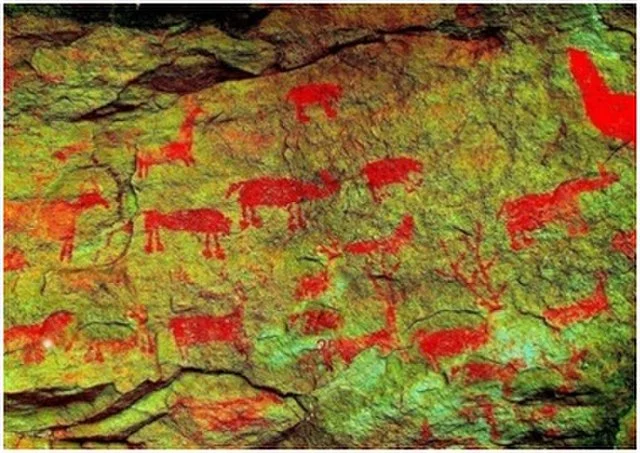The Ambadevi rock shelters are a significant archaeological site in Madhya Pradesh, India. These shelters, located in the Vindhya Range, contain ancient rock art and carvings that offer insights into prehistoric human life.
Get your dose of History via Email
Location and Discovery
The rock shelters are located near Betul, Madhya Pradesh. They were discovered during various archaeological expeditions that aimed to explore India’s prehistoric sites. The region has been a focal point of interest due to its connection to early human settlements.
Rock Art and Carvings
The Ambadevi rock shelters are known for their paintings and engravings. These artworks date back to the Upper Paleolithic period, around 10,000 BC. The depictions include human figures, animals, and geometric patterns. The use of natural colors and materials suggests early humans had advanced techniques for their time.
Cultural Significance
The rock art provides valuable evidence of prehistoric life in central India. It reveals the daily activities, rituals, and social structure of the communities that lived in the area. Some scenes depict hunting, communal gatherings, and possibly early forms of religious expression.
Preservation and Challenges
Preserving the Ambadevi rock shelters has been a significant challenge. Weathering, human interference, and lack of protection have led to the deterioration of some paintings. However, efforts are ongoing to preserve these ancient works of art and maintain the site’s historical value.
Conclusion
The Ambadevi rock shelters offer important insights into prehistoric life in India. The art and carvings serve as a testament to the creativity and skills of early humans. Ongoing conservation efforts aim to protect this invaluable cultural heritage for future generations.
Source:

